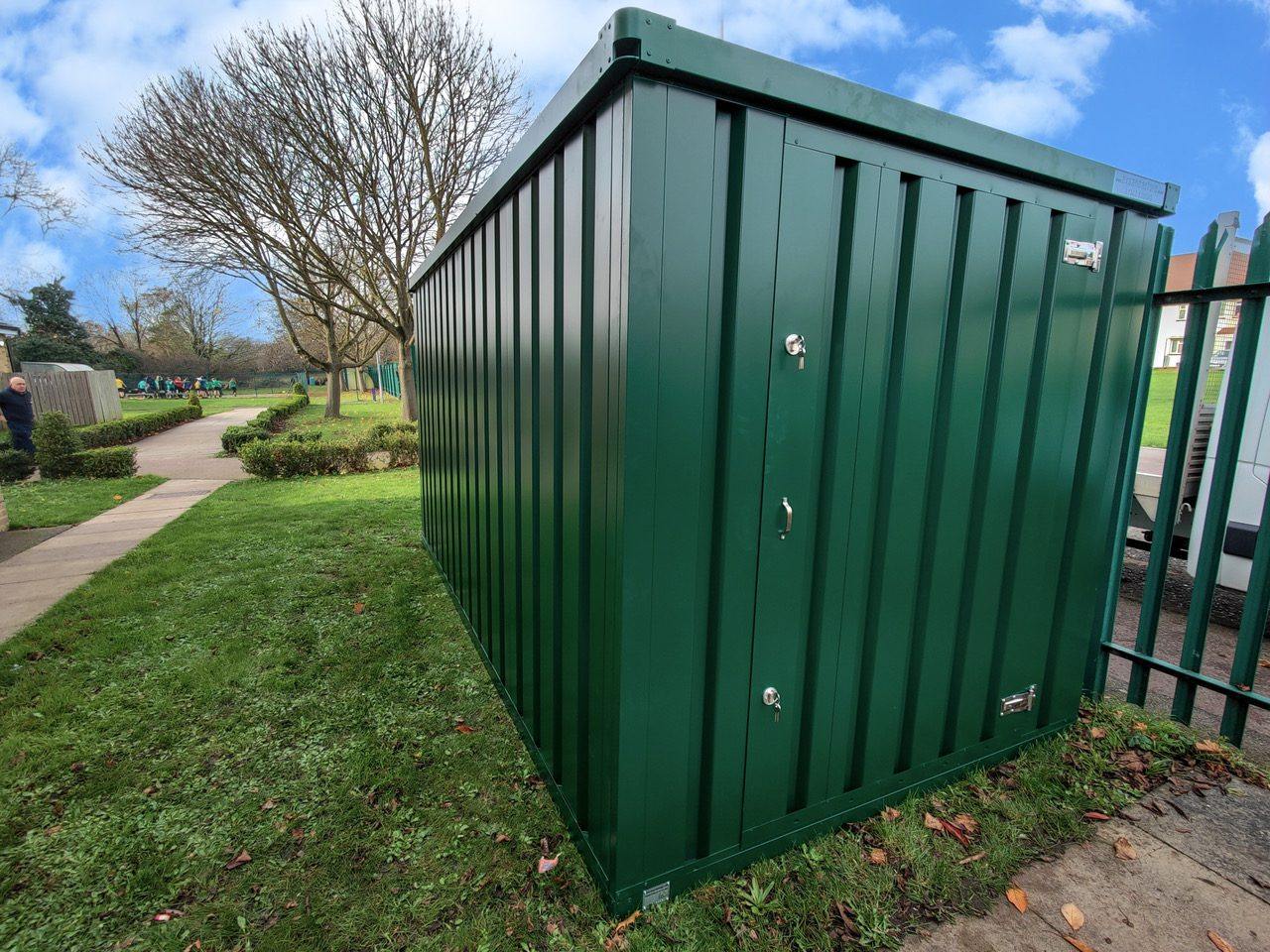Flatpack Container Vs. Used Shipping Container
Used shipping containers have become a common solution to storage problems for both domestic and commercial users. These structures have grown in popularity and today they are being used for everything from simple storage solutions… Flatpack Container Vs. Used Shipping Container


